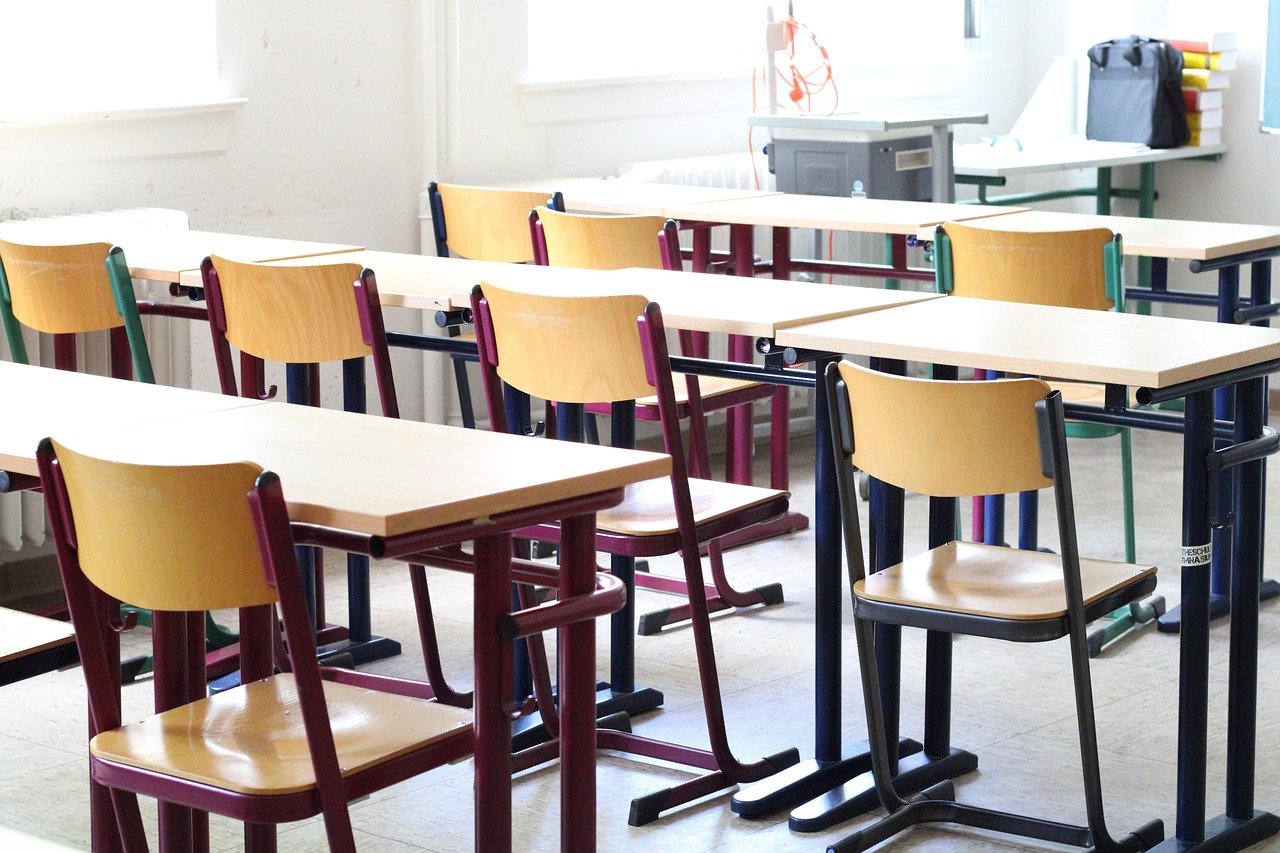Physical Address
304 North Cardinal St.
Dorchester Center, MA 02124
Physical Address
304 North Cardinal St.
Dorchester Center, MA 02124


With computers, smartboards, and personal devices constantly in use, it’s no surprise that schools across the U.S. consume a significant amount of electricity. According to the Energy Information Administration (EIA), educational buildings accounted for 13% of the electricity used in commercial buildings in 2018.
Understanding how schools use energy is the first step toward reducing consumption and making educational institutions more sustainable. The most energy-intensive aspects of schools include space heating, cooling, lighting, and ventilation. With nearly 100,000 public schools nationwide, the education sector remains a major contributor to electricity usage. However, with smart strategies and behavioral changes, schools can significantly cut down on energy waste while saving money on utility bills.
Reducing energy consumption in schools benefits both the environment and school budgets. Lower energy use decreases greenhouse gas emissions, lessens the strain on the power grid, and helps fight climate change. Additionally, funds saved on energy costs can be redirected toward educational resources, improving student learning experiences.
One of the most effective ways to lower energy use is by involving students, teachers, and administrators in conservation efforts. By incorporating energy-saving techniques into daily routines and lesson plans, schools can develop a culture of sustainability that extends beyond the classroom. Here are some practical and impactful ways to save energy in schools.
From smartphones to laptops, students and teachers use electronic devices throughout the school day. Although individual devices may not use much electricity on their own, their collective energy consumption adds up. Encouraging students to activate power-saving mode and delay charging their devices until they get home can make a difference.
Additionally, devices such as projectors, TVs, and smartboards continue to draw power even when turned off. This “phantom energy” consumption can be minimized by unplugging electronics when they’re not in use. Schools can also install smart power strips that automatically cut power to unused devices.
Switching off lights when leaving a classroom is an easy yet often overlooked habit. Students and teachers should be reminded to turn off lights in unoccupied spaces, such as classrooms, bathrooms, and staff rooms. Setting up reminder signs near light switches can reinforce this behavior.
To further cut energy waste, schools can switch to LED lighting, which uses up to 90% less energy than traditional incandescent bulbs and lasts significantly longer. Additionally, installing motion-sensor lights in hallways and restrooms can ensure that lights are only on when needed.

Heating and cooling systems are among the largest energy consumers in schools. Simple measures can help reduce unnecessary energy use:
Encouraging students and staff to dress appropriately for the weather can also help lessen reliance on heating and cooling systems.
For devices that need to remain plugged in, power strips with timers or smart outlets can help reduce wasted energy. These tools can be programmed to automatically shut off electronics at night or when classrooms are empty. This simple investment can lead to significant energy savings over time.
Maximizing natural daylight not only reduces energy consumption but also creates a healthier learning environment. Studies show that students exposed to natural light perform better academically and experience improved focus.
Many schools are turning to renewable energy sources, such as solar panels, to lower their carbon footprint. School rooftops provide ample space for solar panel installations, which can significantly cut electricity costs and even generate excess energy that can be fed back into the grid. Schools interested in solar energy can explore state and federal incentives to help offset installation costs.
Additionally, some districts participate in energy buyback programs, where schools receive credits for the renewable energy they generate.

One of the most effective ways to instill long-term energy-saving habits is by incorporating sustainability into the curriculum. Schools can:
When students feel involved and responsible for their school’s energy conservation efforts, they are more likely to adopt sustainable habits that extend beyond the classroom.
Reducing energy consumption in schools is not just about saving money—it’s about fostering a culture of environmental responsibility that benefits future generations. By implementing simple yet effective energy-saving strategies, schools can lower their carbon footprint, cut down on costs, and create healthier learning environments for students.
Whether through small behavioral changes, technological upgrades, or investing in renewable energy, every step toward sustainability counts. Encourage students, teachers, and administrators to work together in making energy conservation a priority—because every watt saved contributes to a brighter, greener future.